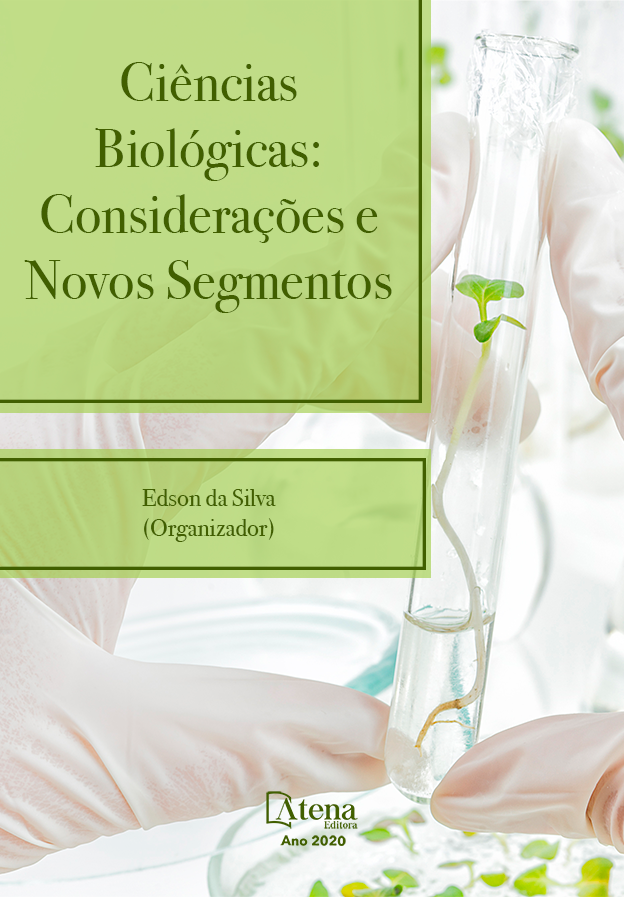
UTILIZAÇÃO DA QUITOSANA NA CONSERVAÇÃO DA LARANJA (Citrus sinensis) NA PÓS-COLHEITA
O objetivo deste trabalho foi comparar o efeito protetor das diferentes soluções de quitosana (0,5 e 1,0%) em laranjas descascadas inteiras, partidas ao meio e em quatro pedaços com as soluções de ácido acético 2% e água destilada. Além disso, quantificar, sólidos solúveis totais, acidez, aparência e gosto das laranjas submetidas aos tratamentos com as diferentes soluções em diferentes dias de análise. Foram realizados 5 tratamentos com 4 repetições totalizando 160 laranjas. Os tratamentos foram dispostos da seguinte forma, para laranjas inteiras: T1 (controle - sem aplicação), T2 (aplicada água destilada), T3 (ácido acético 2%), T4 (quitosana 0,5%), T5 (quitosana 1,0%). Para laranjas cortadas ao meio, os tratamentos foram: T6 (Controle - sem aplicação), T7 (água destilada), T8 (ácido acético 2%), T9 (quitosana 0,5%), T10 (quitosana 1,0%). Para as frutas partidas em quatro pedaços, os tratamentos foram: T11 (Controle - sem aplicação), T12 (água destilada), T13 (ácido acético 2%), T14 (quitosana 0,5%), T15 (quitosana 1,0%). O experimento foi mantido durante 30 dias no laboratório e a temperatura média foi de 25 °C. Os dados obtidos foram submetidos á análise de variância e as médias comparadas pelo teste de Tukey (p<0,05%). Concluiu-se que entre os tratamentos não houve diferença para acidez titulável, gosto e SST (sólidos solúveis totais), porém na aparência percebe-se uma larga diferença nas laranjas tratadas com quitosana a 0,5 e 1,0%. Estas apresentaram aparências melhores e tiveram maior durabilidade.
UTILIZAÇÃO DA QUITOSANA NA CONSERVAÇÃO DA LARANJA (Citrus sinensis) NA PÓS-COLHEITA
-
DOI: 10.22533/at.ed.13920210910
-
Palavras-chave: Laranja, Quitosana, Biofilme.
-
Keywords: Orange, Chitosan, Biofilm.
-
Abstract:
This study aimed to compare the protective effect of different concentrations of chitosan solutions (0.5 % and 1.0 %) on whole, split-in-two and split-in-four peeled off oranges with the solutions of acetic acid 2 % and distilled water. Besides, it aimed to quantify the soluble solids (SS), titratable acidity (TA), appearance and taste of the oranges which were submitted to the treatments with different solutions in different days of analyses. For this experiment, five treatments with 4 repetitions each were performed, totalizing 160 oranges. The evaluated treatments were, for whole peeled oranges: T1 (tcontrol group), T2 (distilled water), T3 (acetic acid 2 %), T4 (chitosan 0.5 % solution) and T5 (chitosan 1.0 % solution). For the split-in-two oranges, the treatments were T6 (control group), T7 (distilled water), T8 (acetic acid 2 %),T9 (chitosan 0.5 %) and T10 (chitosan 1.0 %). For the split-in-four peeled oranges, the treatments were T11 (control group), T12 (distilled water), T13 (acetic acid 2 %), T14 (chitosan 0.5 %), T15 (chitosan 1.0%). The experiment was maintained for 30 days in the laboratory and the average temperature was 25 ° C. The obtained data were submitted to a variance analysis and the mean numbers were compared by the Tukey test (p<0,05%). It was concluded that no significant differences for TA, taste and SS (soluble solids) were observed among the treatments, however, there was a significant difference in the appearance of oranges treated with chitosan 0.5 % and 1.0 %, which were better looking and had greater durability.
-
Número de páginas: 17
- Carlise Debastiani
- Alessandro Jefferson Sato
- João Pedro Silvestre Armani


